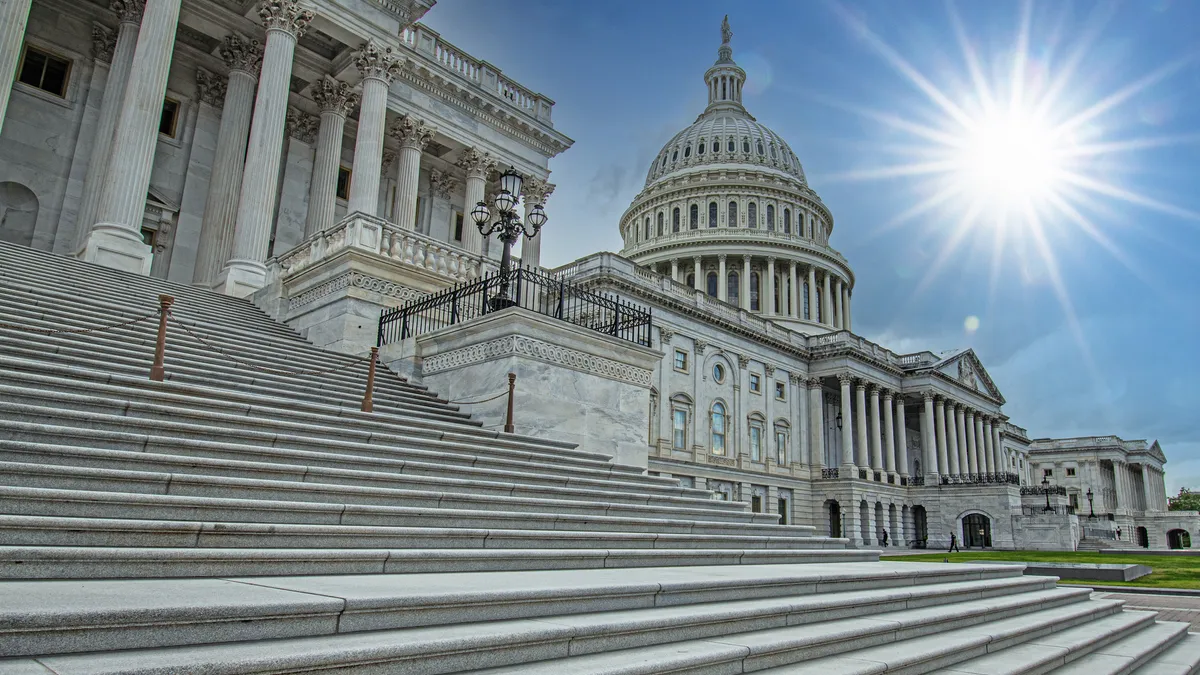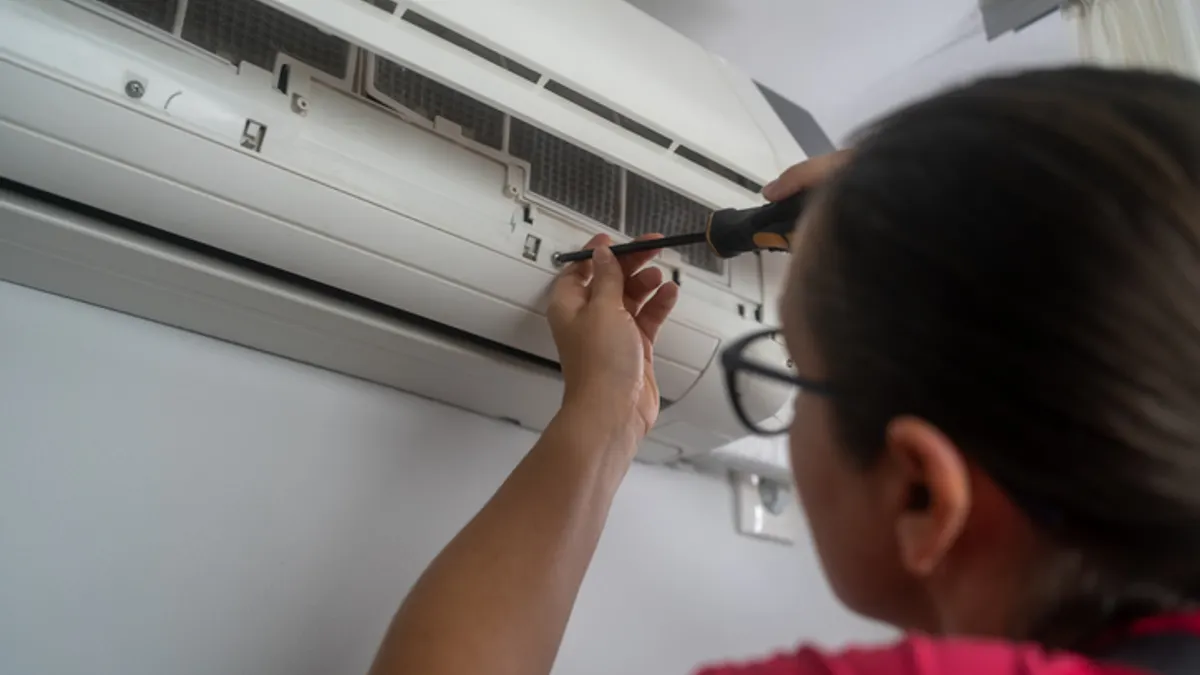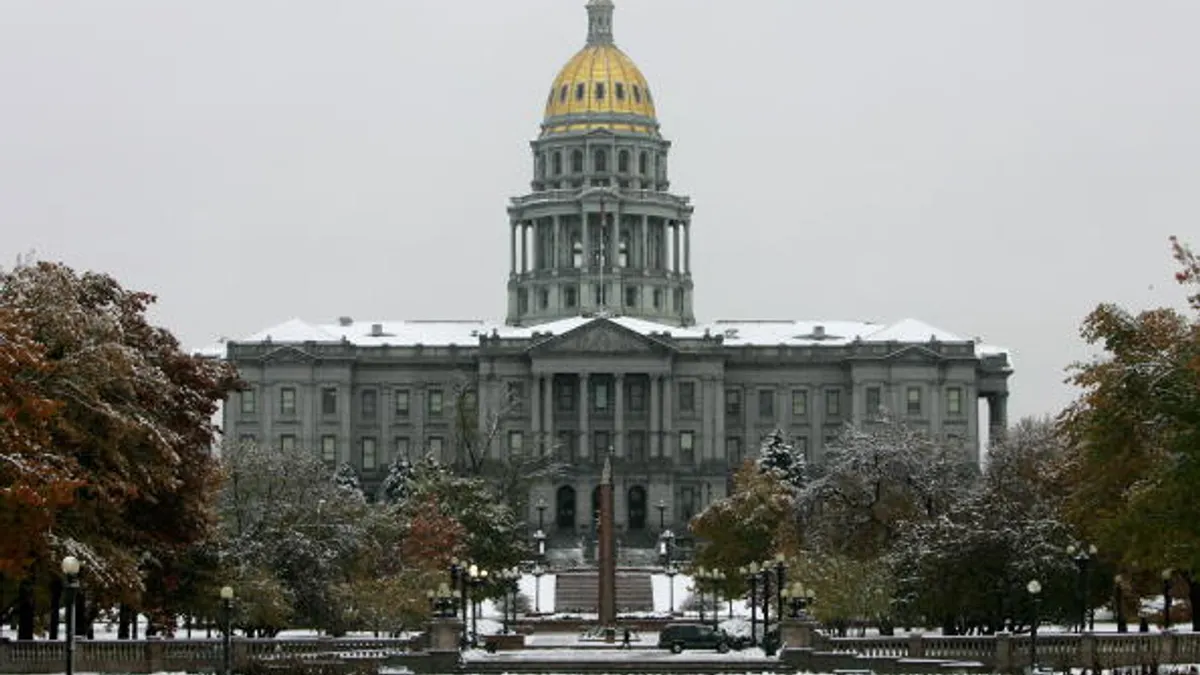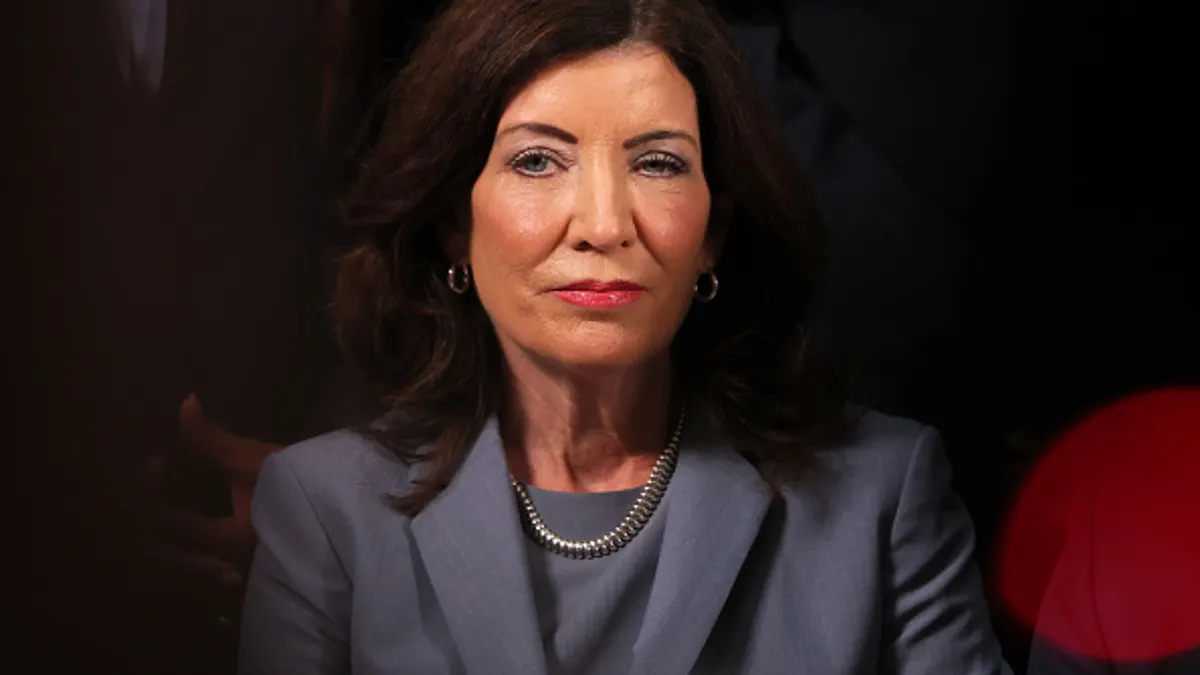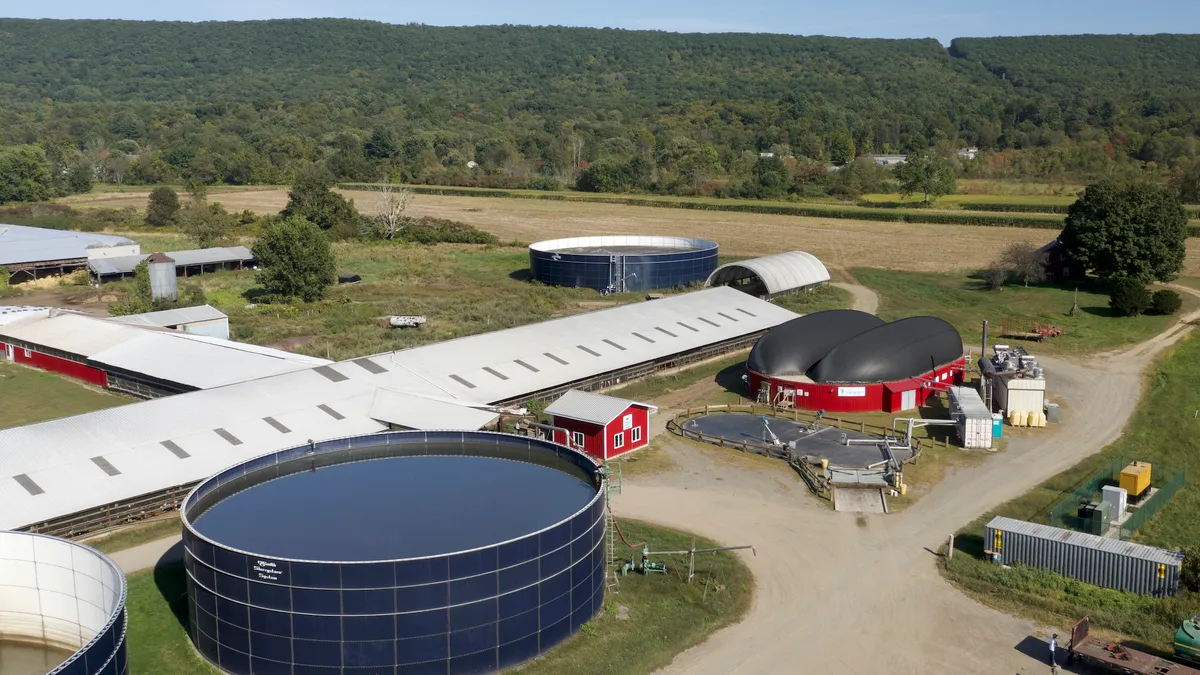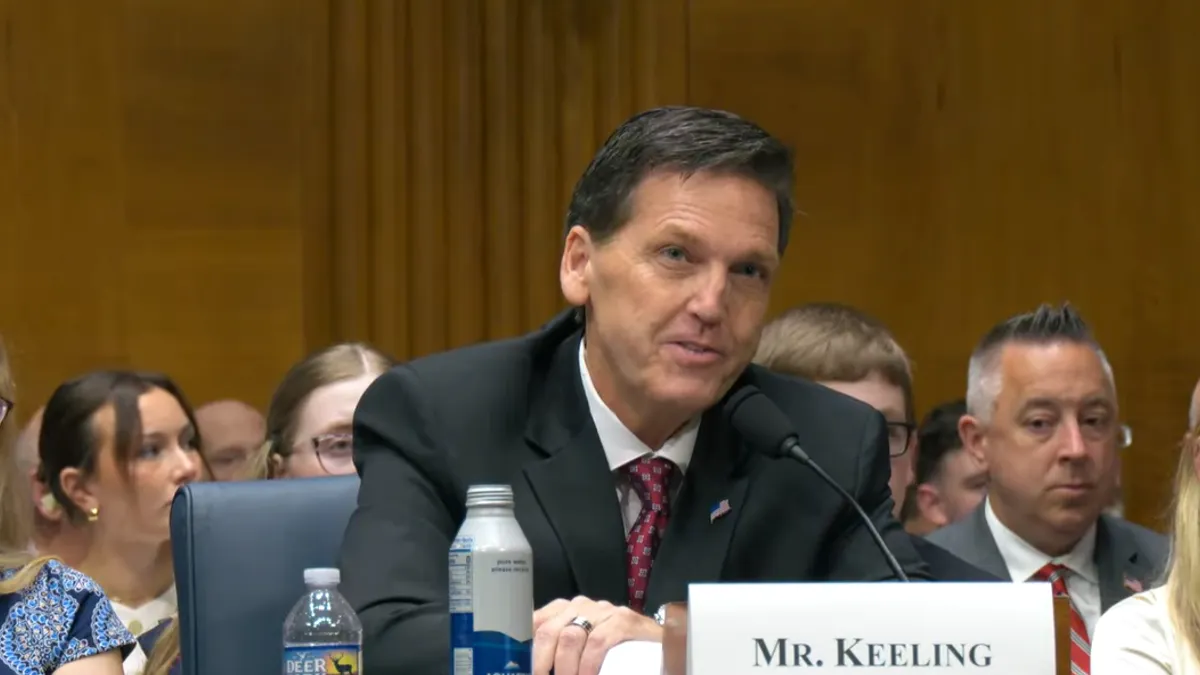The last six months have seen significant wins for energy efficiency advocates, with the Biden administration making millions available to states for home assessments, equipment upgrades and to overhaul their building energy codes. And in particular, the U.S. Department of Energy has made significant advances on a backlog of appliance energy efficiency rules that it says will save consumers billions of dollars.
“There's been a ton of progress in 2024,” said Andrew deLaski, executive director of the Appliance Standards Awareness Project.
In March, DOE made $90 million available to help states and localities adopt and implement building energy codes, which set energy efficiency standards for new buildings, additions and major renovations. That announcement was the second round of funding from a total of $225 million designated by the 2021 infrastructure law for building energy code modernization, and applications for the next round were due last month.
In June, DOE announced the seventh tranche of formula awards granted to its Energy Efficiency and Conservation Block Grant Program, to help local governments improve energy efficiency, reduce pollution and lower overall energy consumption. Since October, the program has awarded nearly $150 million to 175 communities.
The block grants — including for building decarbonization projects, transportation electrification and home efficiency upgrades — “put state and local governments in the driver’s seat to reduce emissions, increase climate resiliency, and strengthen communities for generations to come,” Energy Secretary Jennifer Granholm said in a statement.
But perhaps the most aggressive progress so-far this year has come from DOE’s appliance efficiency program.
Working through a backlog of standards
“DOE completed about 10 new important efficiency standards, and they're well on their way to meeting their objective of setting standards this term that will collectively save consumers nearly a trillion dollars over 30 years while cutting climate emissions by 2.5 billion tons,” deLaski said.
DOE’s appliance program typically reviews existing energy efficiency standards every six years, but a backlog began under the Obama administration and expanded with President Trump. The rapid pace of rules being finalized in recent months has been driven by a 2022 settlement among DOE, the Natural Resources Defense Council and other groups, which set a schedule for the agency to work through its overdue standard reviews.
April was a big month for the appliance efficiency program. DOE finalized new energy efficiency requirements for distribution transformers on April 4, extending compliance timelines by two years relative to its initial proposal and adjusting efficiency targets after utilities and other stakeholders warned stricter requirements would worsen an existing shortage of transformers and slow the clean energy transition.
Then, about two weeks later, DOE issued final efficiency requirements for commercial rooftop heating and cooling units, circulator pumps, dishwashers and miscellaneous refrigeration appliances. And on April 30, it published new standards for residential water heaters.
In April, the agency also finalized changes to the “process rule,” which determines how appliance efficiency standards are set and updated.
There are five more standard reviews set to be completed this year, though DOE has indicated it may issue a finding that stricter standards are not needed for furnace fans and oil and weatherized gas furnaces, said deLaski.
Determining standards do not need to be tightenened has been done “fairly frequently during this presidential term,” he said.
There are also deadlines approaching later this year for standards covering commercial refrigeration equipment and walk-in coolers, and DOE may revisit gas instantaneous water heaters which were not covered by the April final rule.
But the upcoming presidential election, as well as a court challenge to new standards covering gas furnaces and water heaters, could impact future energy efficiency developments.
Gas industry sues
Challenges to DOE’s rules — including standards covering residential gas furnaces and commercial gas water heaters, and the repeal of an interpretive rule issued during the Trump administration — hinge on the agency’s approach to condensing technology.
The American Gas Association says the rules would essentially ban certain non-condensing furnaces and commercial water heaters because they require different venting requirements “that make it effectively impossible for many existing homes, particularly apartments or town houses, to retrofit for them.”
AGA, along with other gas trade groups, in December asked the U.S. Court of Appeals for the District of Columbia Circuit to review the furnace rule, saying it “effectively bans the sale of non-condensing natural gas furnaces.” A challenge to water heater standards was consolidated with the furnace case, as the arguments around the technology are similar.
“The law is clear — the Department of Energy is explicitly forbidden to set a standard that eliminates an entire class of appliances from the market,” AGA President and CEO Karen Harbert said in a statement. “The new rules would remove efficient appliance options from consumers, raising costs for those who can least afford it including senior citizens and low-income households,” Harbert said.
DOE on June 10 defended its rules, telling the D.C. Circuit that “contrary to petitioners’ suggestion, condensing technology does not alter where an appliance can be installed or how much space it requires, and it has only a limited effect on installation costs."
Along with the furnace and water heater standards, the gas industry is also challenging the repeal of a Trump-era interpretive rule that said condensing and non-condensing products should go in separate product classes.
The consolidated case is expected to go to oral arguments this fall, and a decision is likely in 2025, deLaski said.
And then, there’s the election
Shortly after President Trump took office in 2017, his administration began implementing changes to DOE’s appliance program, including making the standards-setting process more lengthy and complicated, and adding energy savings thresholds required to update standards.
Then, in 2021, President Biden’s administration began working to reverse those decisions. Efficiency advocates say they expect a repeat of Trump’s efforts, should he retake the White House.
“It's like night and day. We've got one candidate who is committed to advancing energy efficiency standards and policies that save people money, and one who wants to go backwards when it comes to energy efficiency,” deLaski said.
Ultimately, about a dozen rules were issued during the Trump years that were designed to undercut the efficiency standards, and they all were reversed within the first couple years of the Biden administration, deLaski said.
Appliance standards rules forbid DOE setting a standard that is weaker than the one it replaces but that didn't stop the Trump administration from trying to find “legal loopholes that they could use to subvert established standards,” deLaski said. “And if there were to be a second term ... I think they have a playbook, and you can expect it to happen faster, and to potentially do more damage.”


